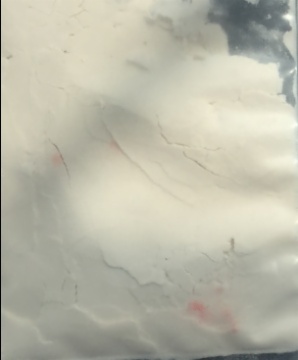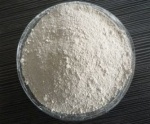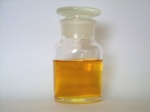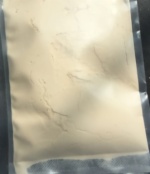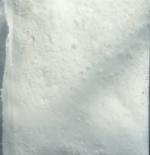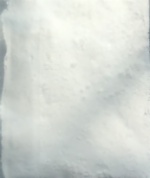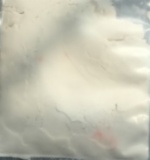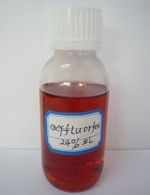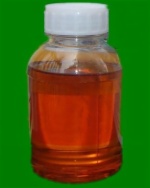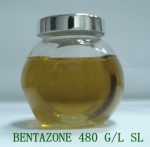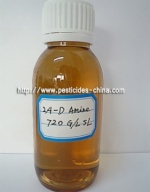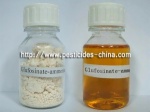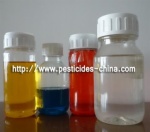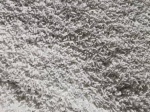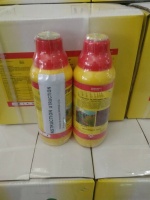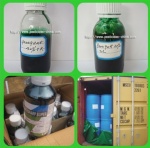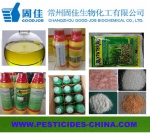Polyoxin 34%TC, 80%TC, 3%WP, 10%WP, 50%WDG, 2%SL
- Description
Polyoxin 34%TC, 80%TC, 3%WP, 10%WP, 50%WDG, 2%SL
Common name: Polyoxin
Chemical name: 5-(2-amino-5-O-carbamoyl-2-deoxy-L-xylonamido-1, 5-dideoxy-1-(3, 4-dihydro-5-hydroxymethyl-2,4-dioxo-1(2H)-pyrimidinyl)-β-D-allofuranuronic acid
Empirical formula: C17H25N5O13
Molecular weight: 507.41
CAS: 19396-06-6
Specification: 34%TC, 80%TC, 3%WP, 10%WP, 50%WDG, 2%SL
Physical & Chemical Properties
Appearance: Powder
Intensity or specific gravity: 1.774 g/cm3
Melting point: > 160 °C (decomp.)
Solubility in water and solvents: In water 1 kg/l (20 ºC). In acetone and methanol < 100 mg/l.
Toxicity
Oral: Acute oral LD50 for male rats 21 000, female rats 21 200, male mice 27 300, female mice 22 500 mg/kg.
Skin & eye: Acute percutaneous LD50 for rats >2000 mg/kg. Non-irritant to mucous membranes and skin(rats).
Inhalation: LC50 (6 h) for rats 10 mg/l air.
NOEL: (2 y) for rats and mice >48 000 mg/kg diet.
Toxicity class: EPA (formulation) IV
Application
Polyoxin is used for control of Alternaria spp. and powdery mildews in apples and pears; Botrytis cinerea in vines and aubergines; powdery mildews in roses, chrysanthemums, capsicums, and melons; blight of carnations; powdery mildew, brown spot, and grey mould in tobacco; powdery mildew and grey mould in strawberries; leaf mould, early blight, and grey mould in tomatoes; powdery mildew, grey mould, gummosis, Sclerotinia rot, and
Corynespora melonis in cucumbers; Alternaria blight in carrots; purple blotch in leeks; etc.





